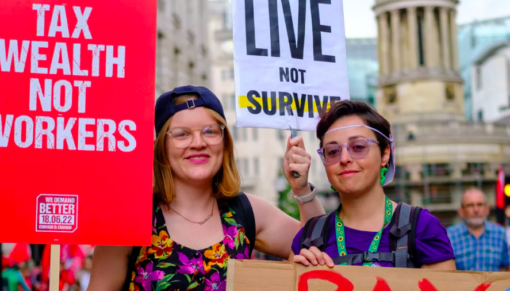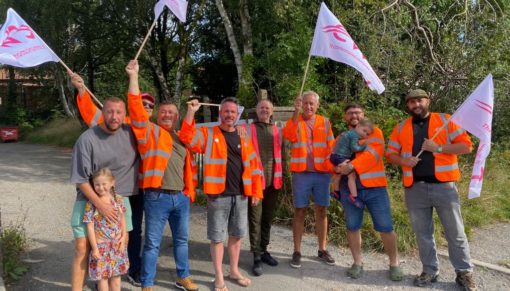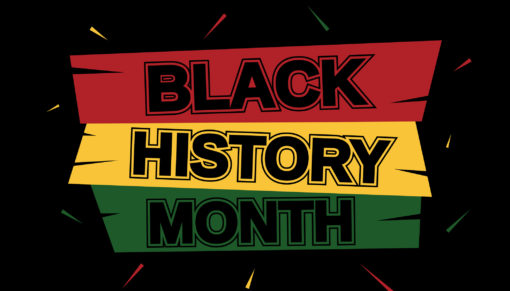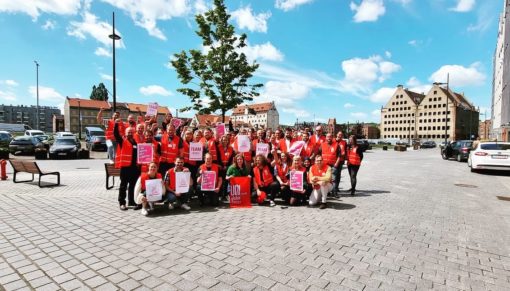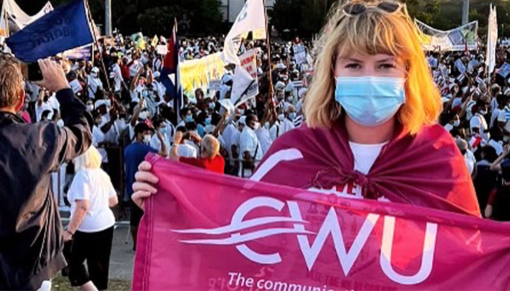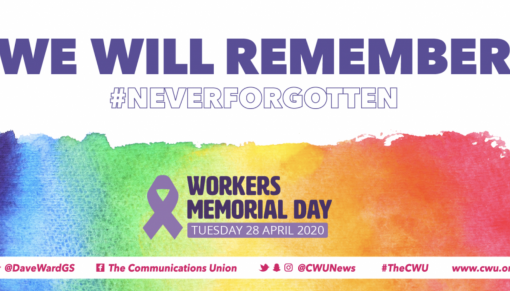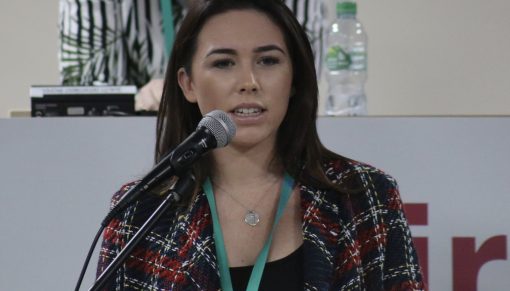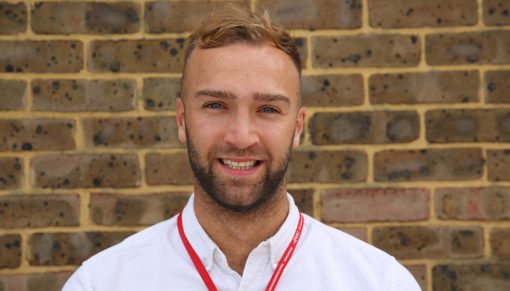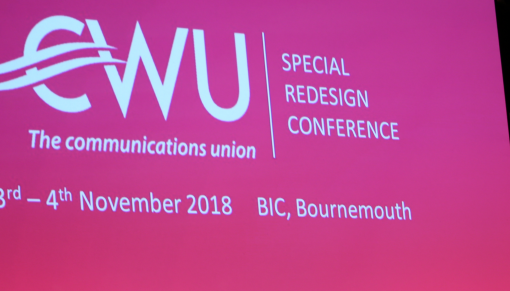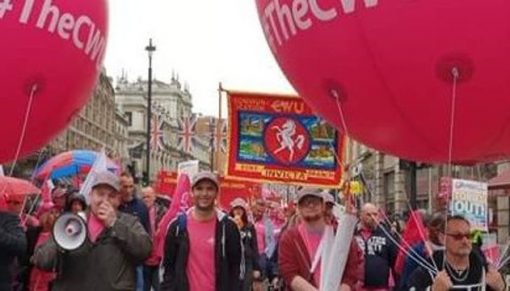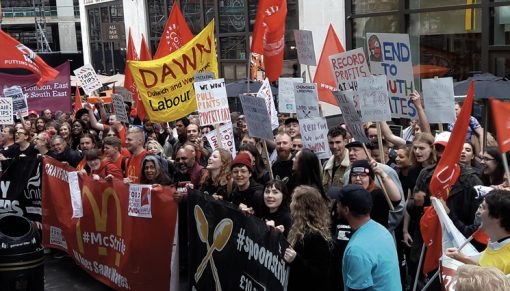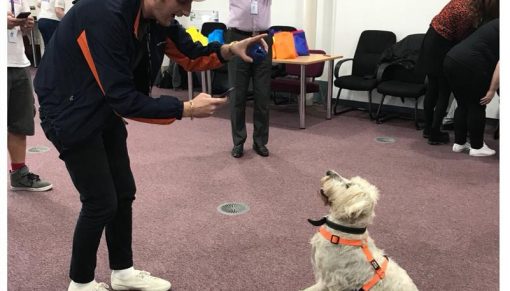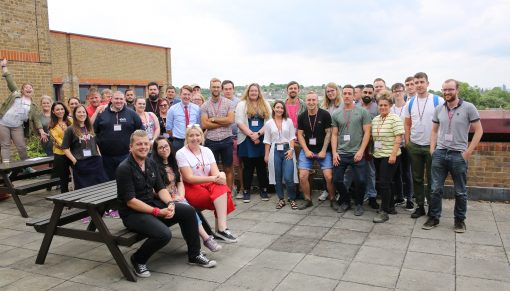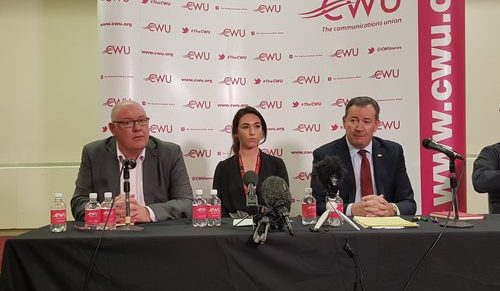A new era for CWUYouth
April 26 2016This week the CWU conference has agreed the most radical and far-reaching reform of our youth structure in its 15 year existence. There are four specific changes:
1) There used to be four NEC members allocated to the Committee, but given workload issues and the reduced size of the NEC, this has been unrealistic for some time. Now there will be two – but with the support and invlovement of others welcome at all time.
2) There will be one Youth Committee member taken from each constituency in each region. At present it is just one per region full stop, so the Committee will double in size.
3) The term of office will be two years – currently it is one. This means that Committee members have no sooner settled in, than they need to think about re-election. There is also a cost issue of running ballots every other year rather than annually. And just about every CWU representative body operates on two year terms now.
4) The age at which you can stand for election to the Youth Committee will fall to under 30 from 30 and under. This means that the maximum age that serving national Youth Committee members can be stays at 31 years and 364 days.
Taken altogether, these changes will, I believe, have a transformational effect on our youth recruitment, organising, campaigning and engagement.
I say this because it will make sure that the national Youth Committee is aligned closely with youth activity in each industrial executive. It is simply not possible for the Youth Committee as it is currently structured to support youth activity in workplaces and branches with as much resource and in as much detail as I think we would all like. In any event, industrial executives quite rightly believe that this is something that they have a primary responsibility for.
That is why having one member of the national Youth Committee from each industrial constituency in each region is an important and positive step forward.
Changing the term of office from 1 year to 2 will bring the national Youth Committee into line with every other representative body in the union. This is important because it allows planning and training to be scheduled over a longer period. It means that Committee members will be able to make a greater contribution than they are previously. At the moment, for example, national Youth Committee members do not within a 1 year term of office see through a complete planning cycle for Youth Conference, Branch Youth Officers Forum or the National Youth Education Event. This is arguably a weakness in the way we do things at the moment.
Some concern has been expressed about the ability to fill all of the 20 seats on a reconstituted nYouth Committee. I do not believe that this is a problem as it is very much in the interests of the industrial executives, as well as the National Executive to identify, encourage and support prospective members of an enlarged Youth Committee. Having a committee with a potential maximum membership of 20 offers a far greater chance of having enough people at any particular meeting for a lively and constructive debate and for business to be conducted sensibly.
The restructured national Youth Committee will sit alongside and will encourage current Regional Youth Committee structures and will have an enhanced campaigning role.
There is a separate ongoing debate about the name of our youth section, with some strongly preferring the TUC-inspired “Young Workers’ Committee”. A motion on this fell (i.e. wasnot heard) because the restructuring debate (rightly in my view) was viewed by conference organisers as more important. There is no consensus on an alternative name, so the debate will certainly continue. But surely the name of our committee is nowhere close to the importance of what we actually do.
This restructuring will not wave a magic wand over the challenges of engagement, or compel employers to be more accommodating to young activists. But it will take youth involvement and awareness in industrial executive and branches to a new level, and in doing so afford more protection to the next generation of CWU leaders.
Conference has done good business in embracing this change. Our job in the CWUYouth community is to make sure the potential we have been given is realised.



